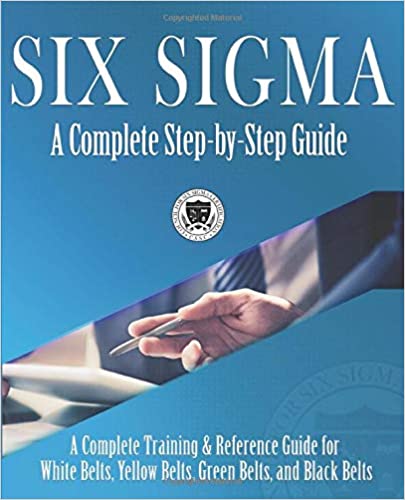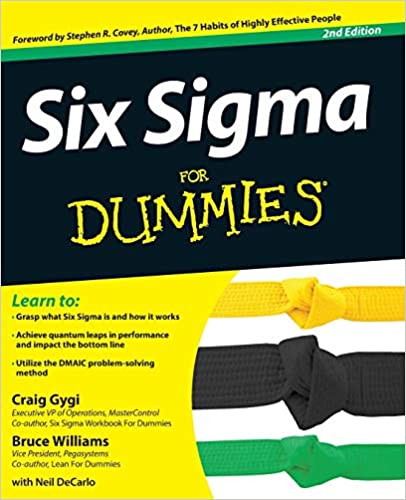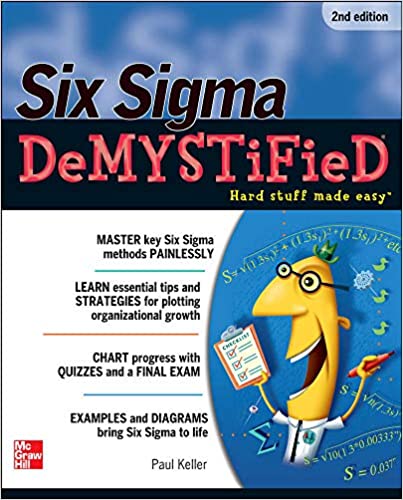Table of Contents
Today we’re looking at the best Six Sigma books for this year.
🧠 Did you know? According to Six Sigma Focus, Six Sigma has a belt level hierarchy as seen in martial arts.
What is Six Sigma?
Simply put, Six Sigma consists of tools and techniques that improve processes.
The maturity of these processes have a sigma rating indicating the percentage of products it creates that are free of defects.
In fact, after using Six Sigma, over 99% of features are free of defects.
You may have heard of DMAIC.
It’s one of the core tools for Six Sigma projects meaning:
- Define
- Measure
- Analyze
- Improve
- Control
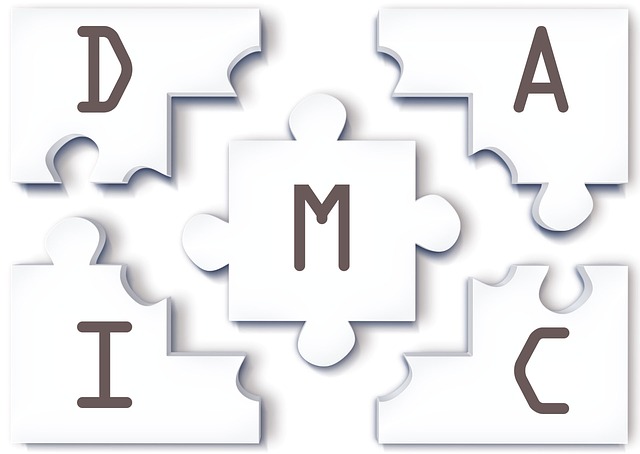
Who uses Six Sigma?
Some industries that use Six Sigma include:
- IT
- military
- finance
- healthcare
- manufacturing
One of the most popular Six Sigma implementation stories is the Ford Motor Company. They started using Six Sigma to:
✅ reduce costs
✅ improve quality
✅ improve customer satisfaction
✅ lower environmental impact
They met and exceeded these goals while harnessing employee commitment, productivity and data needs.
This post contains affiliate links. We may receive compensation if you buy something. Read our disclosure for more details.
TLDR: Best Six Sigma Books
🔥 Best Overall 🔥
Six Sigma: A Complete Step-by-Step Guide
💥 Best for Newbies 💥
Six Sigma For Dummies
💸 Best Value 💸
Six Sigma Demystified
Best Six Sigma Books
Now let’s take a look at some of the best Six Sigma books for this year.
You’ll discover their:
- features
- core concepts
- layout
- comparisons
And more.
As you progress, you’ll find some books specifically geared towards Green and Black Belts.
At the end of this list, you’ll find three books catering to yellow belt, green belt and black belt certification.
1. Six Sigma: A Complete Step-by-Step Guide
↘️ Ideal for: Six Sigma newbies
↘️ Topics covered: Six Sigma, Lean Six Sigma, statistics
In this book, you’ll learn Six Sigma fundamentals as well as Lean Six Sigma concepts.
- Learn Six Sigma and Lean Six Sigma fundamentals
- Explore statistics
- Train for white, yellow, green and black belt certification
➡️ In our opinion, Six Sigma: A Complete Step-by-Step Guide is one of the best Six Sigma books overall.
While geared towards Six Sigma newbies, this book can also be used as training certification for white, yellow, green and black belts.
In the first part of the book, you’ll learn about Six Sigma methodology.
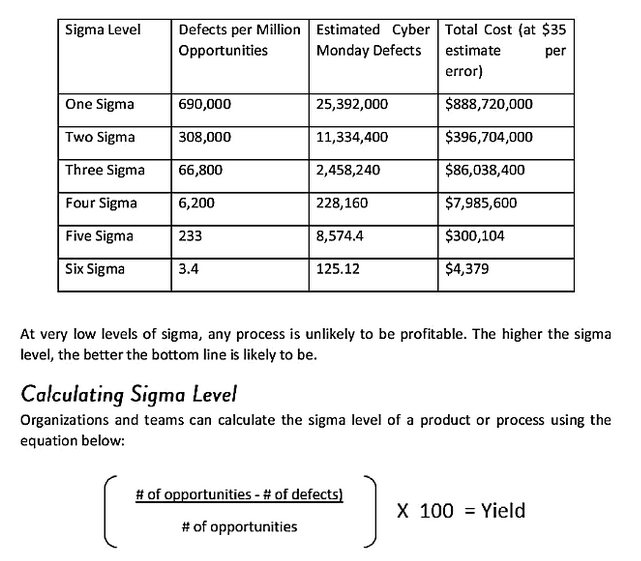
Then you’ll dive into Lean Six Sigma.
In addition to Six Sigma concepts, you’ll learn about computing statistics using Excel and Minitab.
Finally, you’ll learn about advanced Six Sigma processes.
What Six Sigma practitioners are saying about Six Sigma: A Complete Step-by-Step Guide:
Good book with great explanations for every step of the way to get Six Sigma certified.
– Ed David
2. Six Sigma For Dummies
↘️ Ideal for: Six Sigma newbies
↘️ Topics covered: fundamentals, the belt system, DMAIC
Like Six Sigma: A Complete Step-by-Step Guide, Six Sigma for Dummies is geared towards absolute beginners.
But with this book, you won’t go beyond learning the basics.
Plus you’ll find the foreword by Stephen R. Covey, author of The 7 Habits of Highly Effective People.
- Learn how the belt system works
- Discover Six Sigma tools
- Learn how to effectively implement Six Sigma
➡️ We think Six Sigma For Dummies is one of the best Six Sigma books for beginners.
This book is meant to help small and medium-sized businesses implement Six Sigma.
After learning the fundamentals and benefits of Six Sigma, you’ll discover:
✅ how the belt system works
✅ how to use Six Sigma tools
✅ how to implement Six Sigma
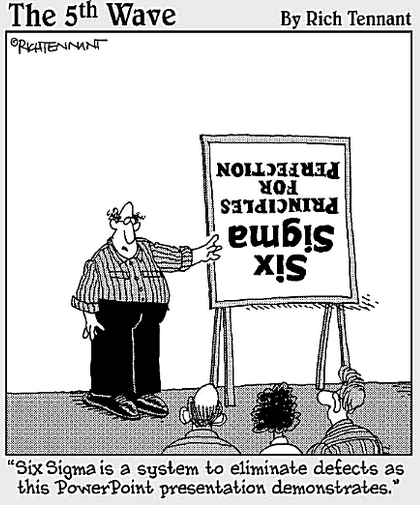
Then you’ll dive into the DMAIC approach, where you’ll use Six Sigma to:
- define
- measure
- analyze
- improve
- control
By the end of this book, you should be able to use Six Sigma to greatly minimize defects.
What Six Sigma practitioners are saying about Six Sigma for Dummies:
Great book to get an overview of the basics, history, theory, and how to start working in this culture of quality and lean practices.
– Cheri
3. Six Sigma Demystified
↘️ Ideal for: Six Sigma newbies
↘️ Topics covered: methodology, tips, strategies
Six Sigma Demystified is most similar to Six Sigma for Dummies because you’ll stick to beginner Six Sigma concepts.
But this book is a little easier on the wallet.
- Explore Six Sigma methodology, tips and strategies
- Learn the DMAIC approach
- Discover Six Sigma tools
➡️ Six Sigma Demystified is possibly one of the best Six Sigma books for practitioners on a budget.
With this book, you’ll learn how to build a solid Six Sigma infrastructure.
Packed with case studies, examples and diagrams, you’ll learn when and how to use specific tools.
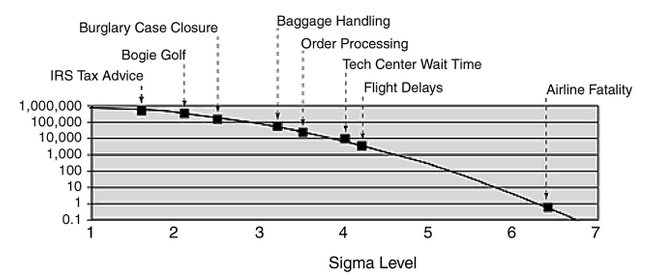
You’ll also learn how to deploy projects using DMAIC methodology.
By the end of this book, you should be comfortable with developing strategies, plotting growth, and performing at the best efficiency possible.
What Six Sigma practitioners are saying about Six Sigma Demystified:
… It is an easy read, well written and explains each step of the DMAIC process.
– John Burke
4. Six Sigma Memory Jogger II: A Pocket Guide
↘️ Ideal for: Six Sigma newbies, Six Sigma project team members
↘️ Topics covered: fundamentals, DMAIC method, tools
This book is unique in that it’s geared towards beginners that are already Six Sigma project team members.
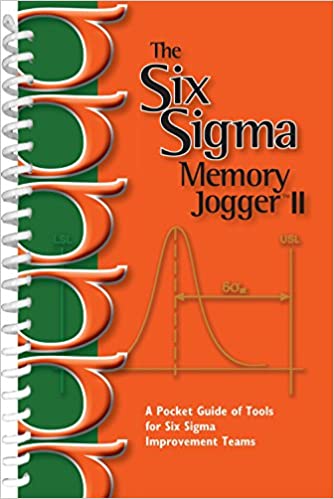
📈 Ready to level up? Be sure to check out The Yellow Belt Memory Jogger, The Green Belt Memory Jogger and The Black Belt Memory Jogger.
➡️ We believe Six Sigma Memory Jogger II: A Pocket Guide is one of the best Six Sigma books for improvement teams.
As with other books on our list, you’ll start with the basics of Six Sigma such as terminology and the DMAIC method.
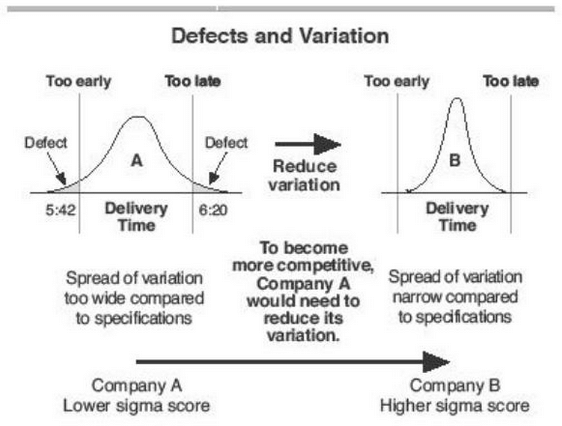
You’ll also find over 40 Six Sigma tools including:
✅ FMEA
✅ SIPOC
✅ CTQ Tree
✅ Data Collection System
And many more.
The book is packed with charts, diagrams and tables to illustrate concepts.
5. An Introduction to Six Sigma and Process Improvement
↘️ Ideal for: Six Sigma newbies
↘️ Topics covered: Six Sigma fundamentals, process improvement
This book is arguably as detailed as Six Sigma: A Complete Step-by-Step Guide.
But here you won’t find training for belt certifications.
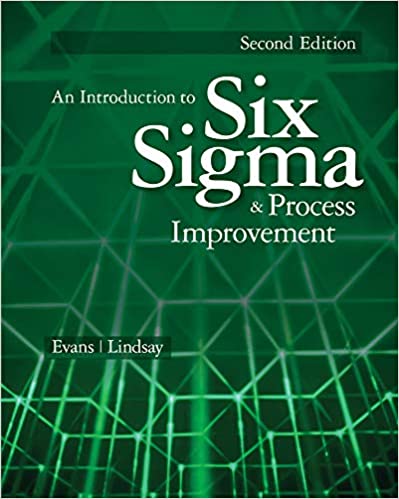
➡️ An Introduction to Six Sigma and Process Improvement may be one of the best Six Sigma books for improving processes.
Like other books on our list, you’ll explore the principles of quality management using Six Sigma.
Then you’ll dive into DMAIC methodology.
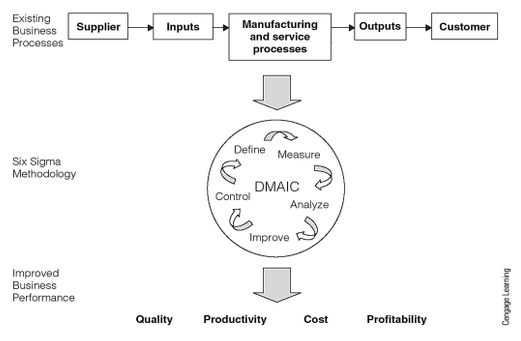
But this book goes even deeper yet.
You’ll explore:
✅ detailed design and analysis
✅ quality function deployment
✅ reliability prediction in DFSS
✅ design verification
And beyond.
Finally, you’ll learn the principles for Six Sigma implementation.
6. A Guide to Six Sigma and Process Improvement for Practitioners and Students
↘️ Ideal for: Six Sigma Green and Black belts, Champions
↘️ Topics covered: Six Sigma, process improvement, DMAIC, tools
This book is similar to An Introduction to Six Sigma and Process Improvement.
But this is also focused on Six Sigma Champion and Green Belt certification.
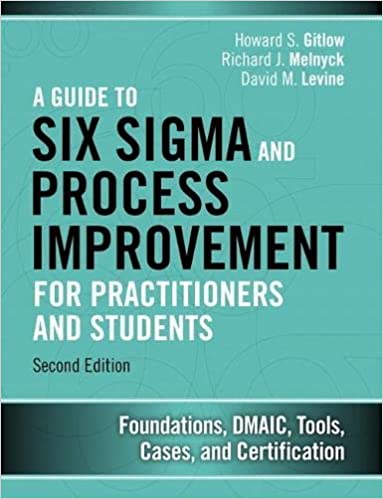
➡️ A Guide to Six Sigma and Process Improvement for Practitioners and Students is perhaps one of the best Six Sigma books for both practitioners and students.
You’ll start with the basics and learning how to effectively manage Six Sigma practices.
You’ll also explore the roles of Six Sigma and its responsibilities.
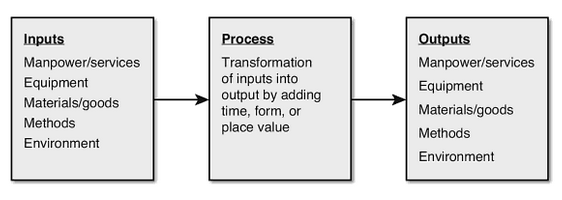
Finally, you’ll discover:
✅ running Six Sigma programs
✅ mastering DMAIC
✅ statistics
✅ certification
And beyond.
By the end of this book, you should be able to master your Six Sigma “level.”
7. The Six Sigma Project Planner
↘️ Ideal for: Six Sigma Green and Black belts
↘️ Topics covered: DMAIC, project management tools
The Six Sigma Project Planner is a bit different than other books on our list.
That’s because here you’ll find 72 downloadable, customizable worksheets for leading Six Sigma projects using DMAIC.
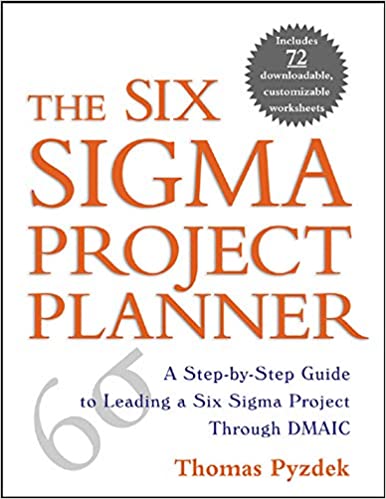
➡️ The Six Sigma Project Planner is arguably one of the best Six Sigma books for experienced Six Sigma practitioners.
If you want to learn how to use project management tools to complete Six Sigma improvements on time and within budget, this may be the book for you.
You’ll find dozens of project management tools following the DMAIC process.
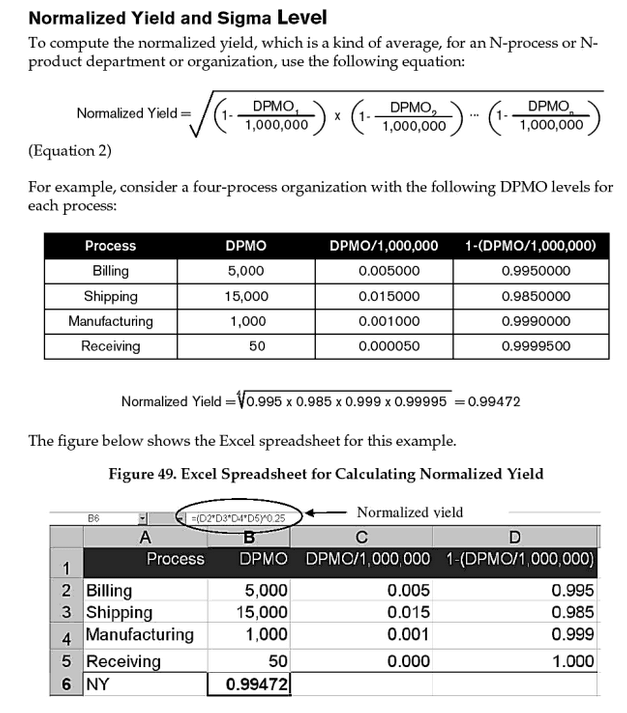
Following these guidelines, you should be able to:
✅ determine the ROI of a Six Sigma project
✅ find and correct problems in current processes
✅ develop and implement new processes
And more.
8. The Six Sigma Handbook
↘️ Ideal for: Six Sigma Green and Black Belts, managers
↘️ Topics covered: implementation, management, tools, techniques
Like A Guide to Six Sigma and Process Improvement for Practitioners and Students, The Six Sigma Handbook is geared towards Green Belts and up.
But you won’t find certification training in this book.
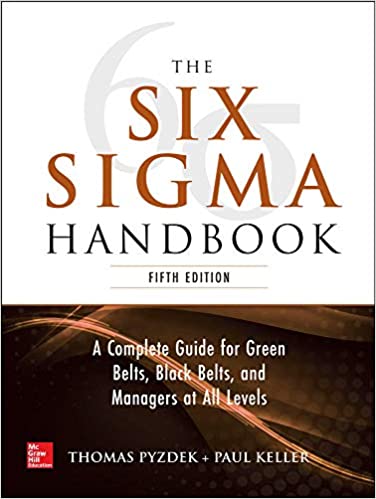
➡️ The Six Sigma Handbook is perhaps one of the best Six Sigma books for managers.
It’s separated into two major sections.
In the first half of the book, you’ll explore Six Sigma implementation and management including:
✅ maximizing resources
✅ data-driven management
✅ capitalizing on opportunity
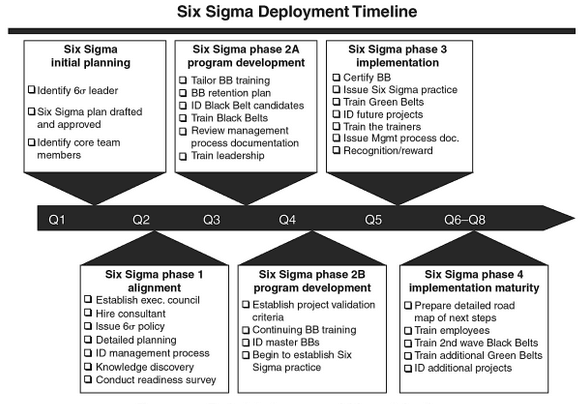
Then in the second half of the book, you’ll explore Six Sigma tools and techniques like:
✅ project management using DMAIC and DMADV
✅ process behavior charts
✅ measurement systems evaluation
And beyond.
9. The Certified Six Sigma Yellow Belt Handbook
↘️ Ideal for: Six Sigma practitioners preparing for Yellow Belt certification
↘️ Topics covered: Yellow Belt certification
This book is the only book on our list that aims to certify Yellow Belt Six Sigma practitioners.
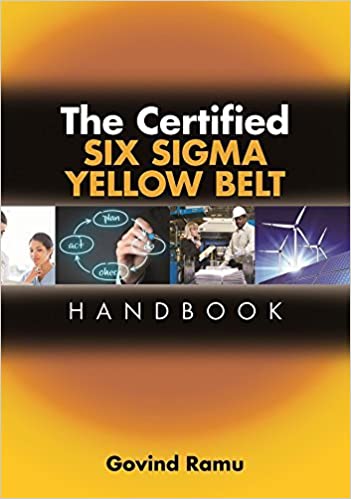
➡️ In our opinion, The Certified Six Sigma Yellow Belt Handbook is one of the best Six Sigma books for the ASQ Yellow Belt Certification.
While geared towards Six Sigma practitioners with aspirations of obtaining the Certified Six Sigma Yellow Belt (CSSYB), there’s also useful information for beginners new to Six Sigma.
Using feedback from Six Sigma practitioners, you’ll find plenty of materials to help you get your Yellow Belt certification such as:
✅ practice exam questions
✅ recorded webinars
✅ publications
And beyond.
You’ll also find essay-style questions throughout the book.
What Six Sigma practitioners are saying about The Certified Six Sigma Yellow Belt Handbook:
… [T]he Yellow Belt Handbook is all one needs to succeed at the LSSYB-exam!
– Maarten Beisterveld
10. Six Sigma Green Belt Study Guide
↘️ Ideal for: Six Sigma practitioners preparing for the Green Belt certification
↘️ Topics covered: Six Sigma Green Belt certification
This is the only book on our list focused on helping certify Six Sigma Green Belts.
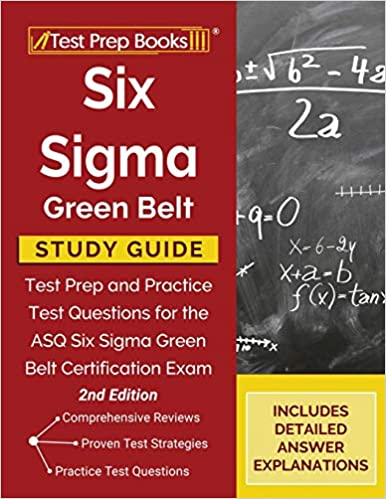
➡️ Six Sigma Green Belt Study Guide is arguably one of the best Six Sigma books to prepare for the ASQ Six Sigma Green Belt Certification.
In this comprehensive guide, you’ll find:
✅ test-taking strategies
✅ DMAIC methodology
✅ practice questions
✅ detailed explanations
And much more.
You’ll find content that is likely to be on the Six Sigma certification test.
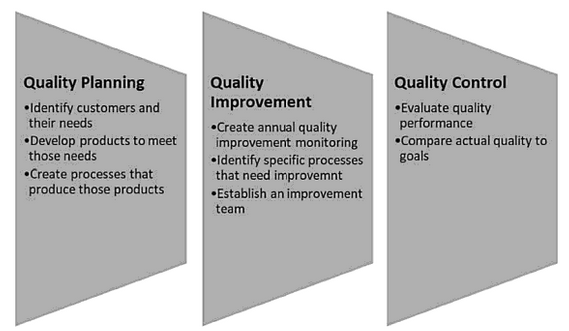
11. Six Sigma Black Belt Study Guide
↘️ Ideal for: Six Sigma practitioners preparing for the Black Belt certification
↘️ Topics covered: Six Sigma Black Belt certification
If you’re preparing for the Six Sigma Black Belt Certification, we think this book is the way to go.
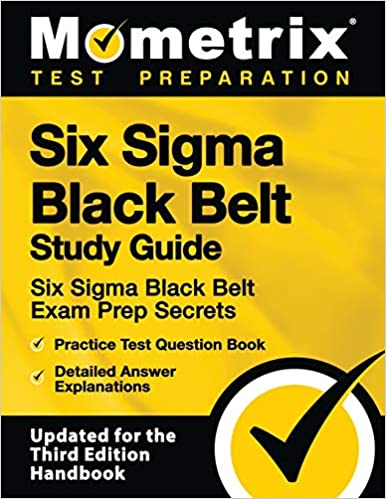
➡️ Six Sigma Black Belt Study Guide is possibly one of the best Six Sigma books for Black Belt Certification.
You’ll start with practice test questions complete with detailed explanations.
Then, you’ll uncover tips and strategies to perform your best during the test.
Finally, you’ll find a complete review of all sections of the Six Sigma Black Belt test.
Best Six Sigma Books: Conclusion
Today we looked at the best Six Sigma books including:
🔥 Best Overall 🔥
Six Sigma: A Complete Step-by-Step Guide
💥 Best for Newbies 💥
Six Sigma For Dummies
💸 Best Value 💸
Six Sigma Demystified
So whether you’re a white belt just getting started or are preparing for your Black Belt certification, we think these are the best Six Sigma books for this year.
Readers of Best Six Sigma Books are also reading:
- 15 Best Project Management Books
- 11 Best Performance Management Books
- 16 Best Product Management Books
- 6 Best Product Management Courses
- 16 Best Time Management Books
What is Six Sigma?
Simply put, Six Sigma consists of tools and techniques that improve processes. The maturity of these processes have a sigma rating indicating the percentage of products it creates that are free of defects. In fact, after using Six Sigma, over 99% of features are free of defects. Learn more about Six Sigma in today’s post.
Who uses Six Sigma?
Some industries that use Six Sigma include IT, military, finance, healthcare, manufacturing and more. One of the most popular Six Sigma implementation stories is the Ford Motor Company. They started using Six Sigma to reduce costs, improve quality, lower environmental impact and more. They met and exceeded these goals while harnessing employee commitment, productivity and data needs. Learn more about the uses of Six Sigma in today’s article.
What are the best Six Sigma books?
In our opinion, some of the best Six Sigma books include our favorite overall, Six Sigma: A Complete Step-by-Step Guide. For newbies, we like Six Sigma for Dummies. And for value, we like Six Sigma Demystified. Learn more about these and other Six Sigma books in today’s post.
Is the book Six Sigma for Dummies worth it?
Yes, we think Six Sigma for Dummies is worth it. After learning the fundamentals and benefits of Six Sigma, you’ll discover how the belt system works, how to use Six Sigma tools, how to implement Six Sigma and beyond. Then you’ll dive into DMAIC methodology. By the end of this book, you should be able to use Six Sigma to greatly minimize defects. Learn more about Six Sigma for Dummies in today’s article where we’re looking at the best Six Sigma books for this year.

